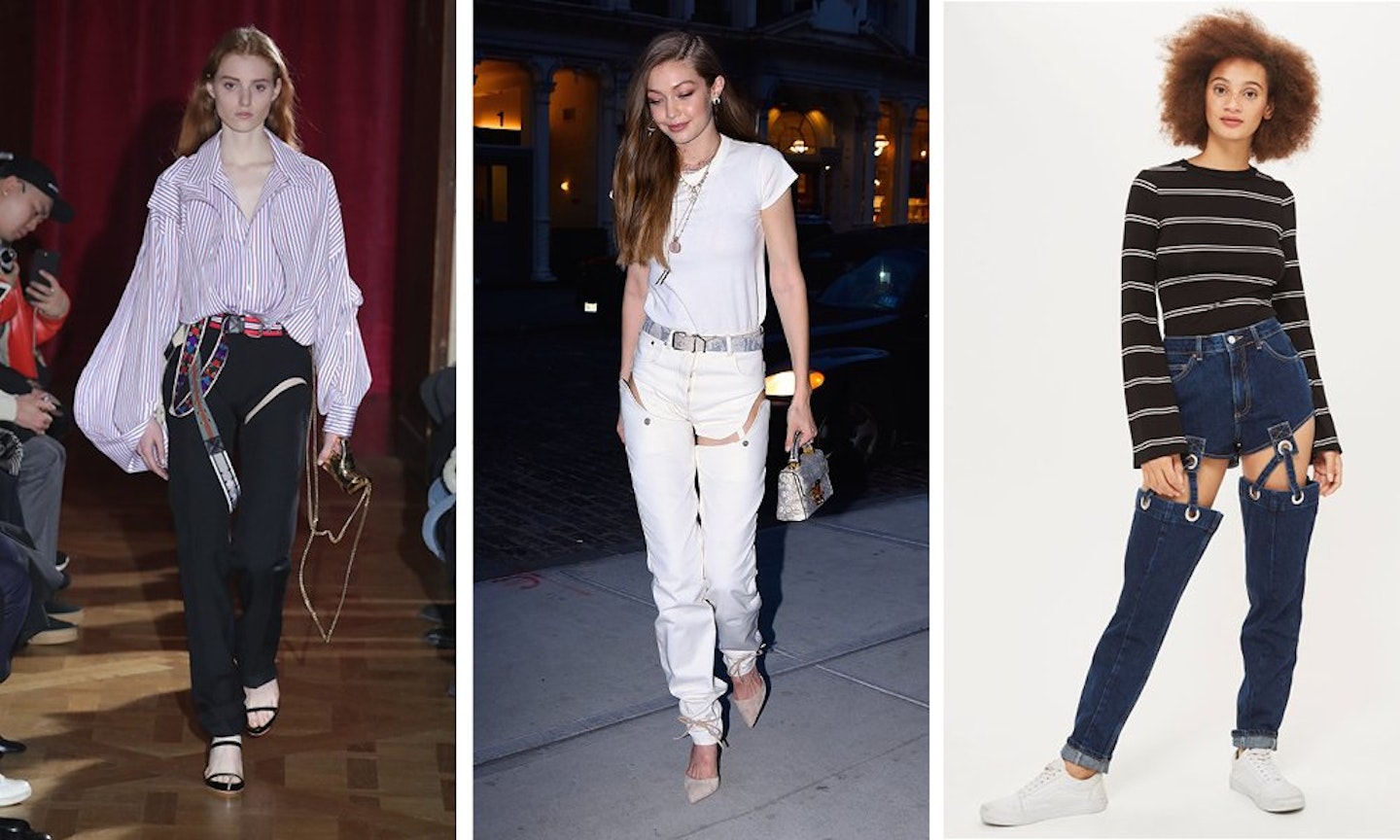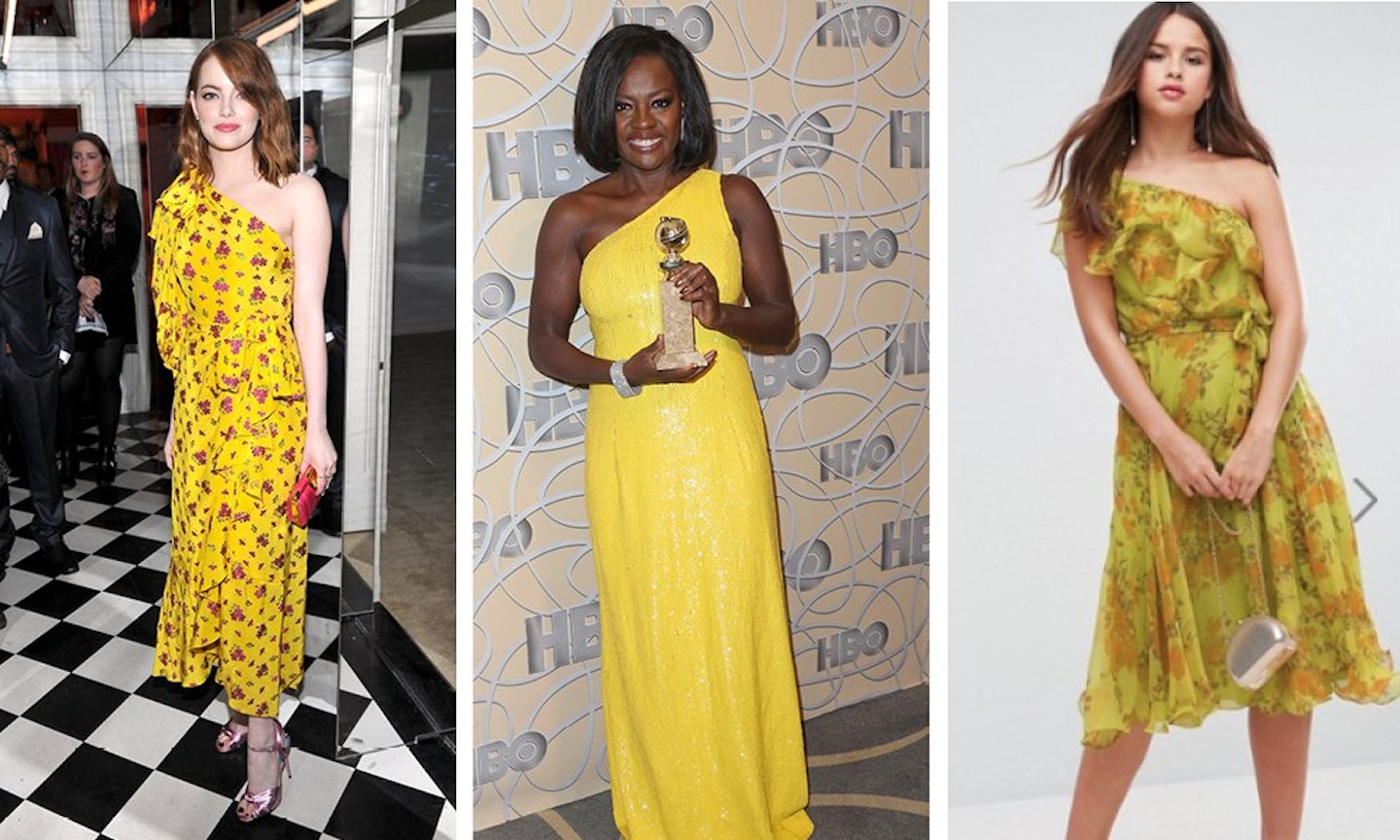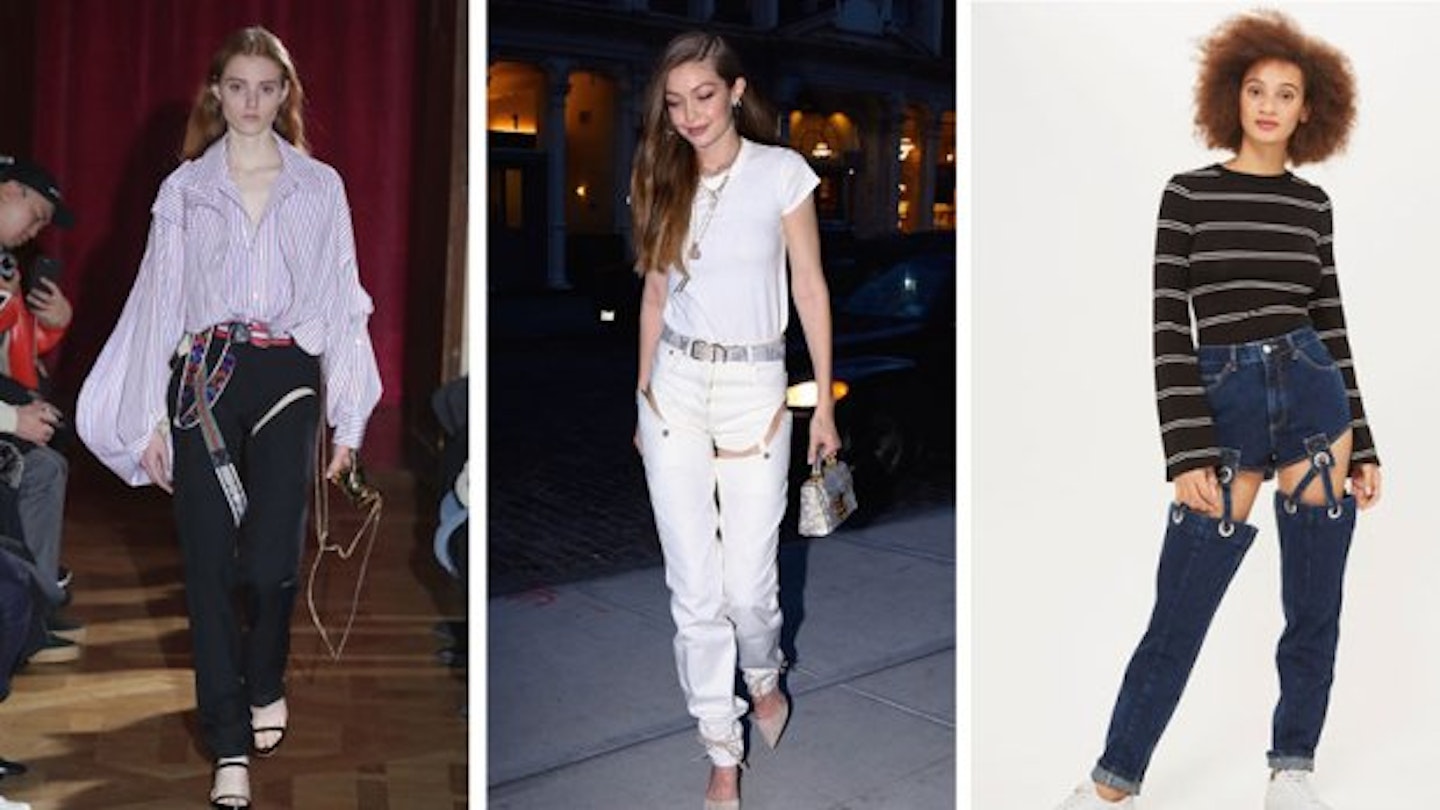It’s not difficult to see the evidence of a trend, but what’s interesting is the manifold ways it enters our everyday. With fashion week, scratch that fashion month in full swing, savants are calling out new trends at an exponential rate. But, how are we, the consumer, meant to know what will stick and what will in our picky, over-served world slide off our Teflon taste-buds and be resigned to being a flash-in-the-pan fad?
Though mostly discussed within the framework of fashion, trends exist everywhere. They affect what we eat, see, read, watch and how we live.
We’re not always aware when a trend is taking hold as they trickle up and bubble down, but these slow-moving shifts in the way we think and a culture’s value system can affect our everyday experience. Take mindfulness for instance, it was once a fad for overworked, stressed millennials but it’s actually one wave in the great ocean of wellness.

After the financial crash in the early 2000s when attitudes to body image ideals shifted. Then the financial crash of ’08 triggered a reneging of hedonism, which eventually led to the growth of Goop-y values, athleisure’s persistence and pedestal that health and wellbeing are currently on. But, just you wait, with every trend’s upswing it will eventually come crashing down, and we’ll be back to worshipping fried chicken and choosing binge-watching over Bikram.
‘It’s about spotting patterns and having a trained eye’ explains Sara Maggioni, global trendspotting agency WGSN’s Director of Retail & Buying. For the last 18-years, WGSN has made trend-forecasting into not only an art form but a lucrative business. Sara is just one of 250 in the company who as she puts it is, ‘constantly tracking what’s happening across art, product design, technology, fashion and identifying shifts, changes, patterns…be it in consumer attitudes, lifestyle or fashion trends.’ It’s a honed process that uses data and know-how. Unlike an astrologer writing a horoscope, this isn’t guesswork based on context; this is a science based on data and facts.
To keep abreast of trends, WGSN looks at and analyse product constantly. They have certain designers that are already established and a few newer names that they track to see if there are similarities and patterns across their collections. Their secret weapon is called Catwalk Analytics, which looks at the frequency of certain items, colours and details on a year-on-year basis. This gives the trend forecasters an instant insight into the statistical increase or decrease in certain shapes and styles being presented across a season. ‘We take this information and combine it with our trend analysis: it’s this qualitative and quantitative insight that makes our information powerful,’ Sara elucidates.

Trends split into two categories: macro and micro. When thinking about the hoodie craze that was catalysed by Vetements, it is a microcosm of a larger move towards athleisure, which is part of a general wellness value system taking place that treasures comfort above the unrealistic body ideals of previous decades.
‘Macro Trends can have an influence for years as they are rooted into societal shifts [and] consumer behaviours,’ Sara clarifies, ’Fashion trends can also last years but can also last a season only. I think if something has commercial potential and it is more connected to macro trends, so it’s more about a shift in mindset, then it can certainly last more than one season.’
Looking at the current collections, one could see the movement towards modest dressing – as shown at Erdem, Gucci, Roksanda and Rejina Pyo – is part of a change in a commercial aesthetic that might be part of a wider behaviour modification.
From a designer’s perspective, Henry Holland treats tapping into a current trend as a learning experience, not a mathematical theorem waiting to be discovered. ‘Myself and my team are just very open to newness. We keep our eyes open to new things and be receptive to new bands, new music, new films, new styles, new labels, just take it all in’, he reveals. ‘If we were to sit down and be like, “okay guys, what trend are we going to follow from this week”, I think it just becomes too contrived, and I think the customer would pick up on that, it would turn them off. One of the reasons people feel an affinity with what we do is that it’s often along the lines of what they’re thinking as well.’
By staying abreast of films and culture, Henry is absorbing big picture ideas as opposed to commercial trends. The House of Holland designer who is currently working with BRITA’s #swapforgood campaign, which promotes sustainability in fashion, thinks ‘creative people are like sponges – you constantly absorb it and picking things up, and it’s about translating them into something that works as something for you and your customer.’ In this case, it’s a movement towards sustainability, which is part of a much wider macro trend about artisanal production that started bubbling up in the early 2000s. Knowingly or unknowingly, Henry is part of a large-scale move towards conscious production that’s been catalysed by events like the Rana Plaza disaster and the birth of Etsy. As Henry says trends, ‘happen in the first place because all the creative people are absorbing similar things at the same time.’

What makes a trend stick? Alison Welsh, Head of Fashion Research at Manchester Fashion Institute, Manchester Metropolitan University, thinks it needs to tick three commercial boxes: ‘Is it flattering? Is it affordable? Is it new, but not shocking?' Sara agrees, ‘some trends might stick around for a while because they might have commercial potential but they are just a little too “new” and unfamiliar at first, so it takes a little while to become more palatable…therefore they are around for longer.’ Her example was mules, which became popularised by Gucci and Instagrammers. ‘Initially, they felt fairly directional’, she says, ‘but their heavy presence across key tastemaking publications, social media etc., made them more palatable for mass adoption a couple of years after they first appeared.’
For a trend to explode it needs to be accepted by early adopters, start it, who are society’s influencers and tastemakers. These people have the power to make the absurdly new make sense. Sare explains, ‘as the look starts becoming more familiar, the customer’s eye adjusts to it and slowly the customer gets ready for it. Some customers are ready before others but generally for something to become mainstream it needs to feel familiar because people are then ready to embrace it.’
Though, once it’s been mass-adopted, it dangles on an over-exposure precipice. A celebrity can cause a trend to be embraced fast, but those pushing the concept should be wary, as Sara puts it of, ‘who is embracing it.’
Trends no longer trickle down, they bubble up too. Social media has dramatically changed the way a trend is conceived and is seeded out. It’s broadened the game. Not only are there more players now and a global outlook, but it allows, as Sara says, for ‘Instagram-born brands, influencers, young designers to bypass all the traditional channels. As Manchester Metropolitan University’s Alison explains the internet as a whole has changed everything: ‘There is a new sense of freedom combined with a more in-depth understanding of what we are buying. We can check the details of the garment before we buy it from a web site. We get to know the companies that make clothes for our body own shapes, at a price we can afford.’
‘We are all living in the same world. We’re all exposed to the same kind of cultural changes, political changes, society changes, which all form fashion and style,’ Henry deduce, ‘unless you’re living on a different planet, you’re exposed to them, and you’re absorbing them and that’s the key thing. The people that make clothes see something reinterpret it and that’s why I think you get trends.’
Liked this? You might also like:
All The Looks From Erdem's Show We Hope To See In Their H&M Collab
Follow Lucy on Instagram @lucyalicemorris
This article originally appeared on The Debrief.
